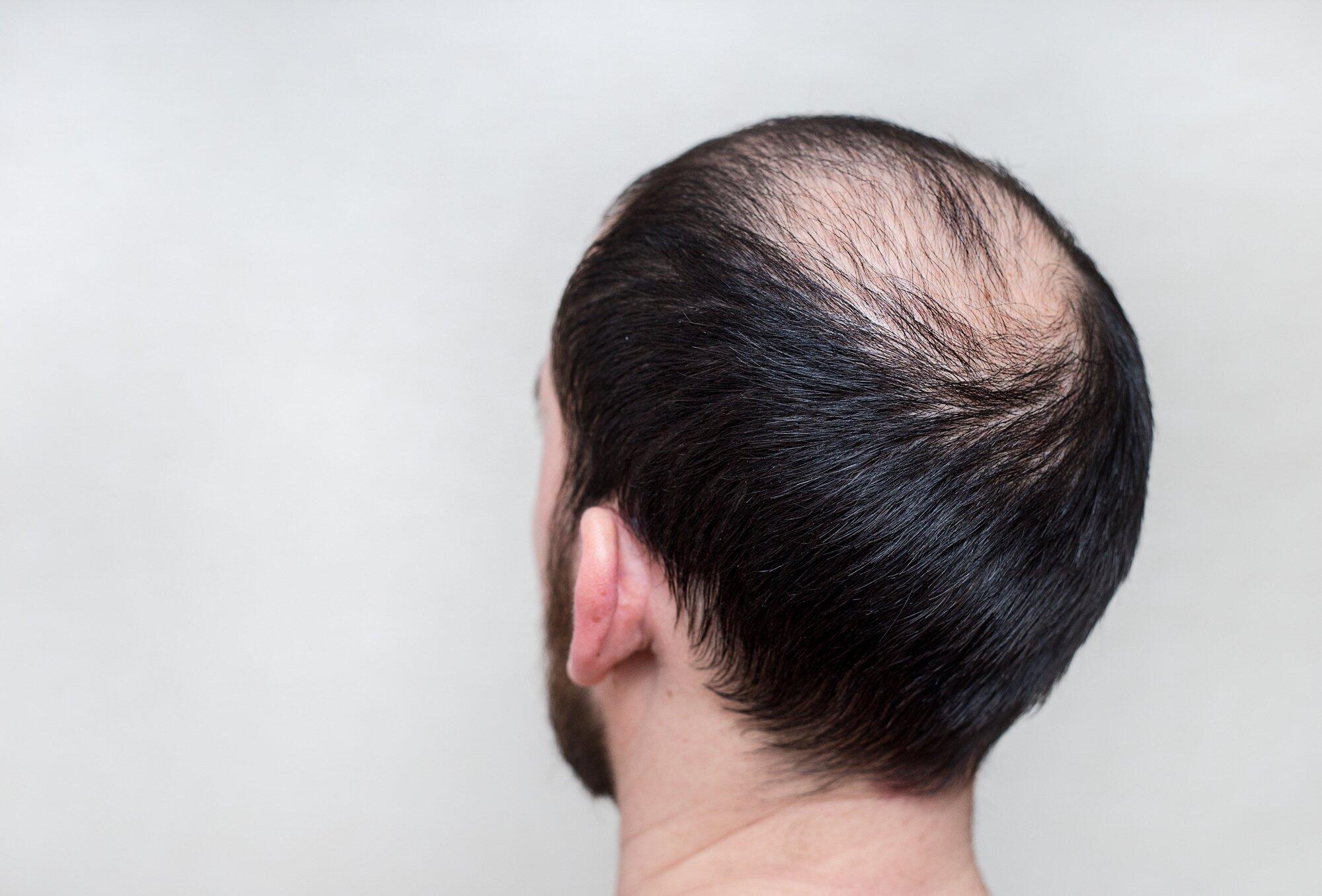Follicular unit extraction (FUE) is a popular hair transplant technique. It involves extracting individual hair follicles from the donor area and implanting them into the recipient area.
This minimally invasive procedure has gained popularity over the years. This could be due to its natural-looking results. Plus, it offers faster recovery time compared to traditional methods.
However, like any surgical procedure, FUE can also result in scarring. This is commonly known as follicular unit extraction scarring.
In this article then, we will discuss how to minimize the risk of scarring from FUE. So, read on!
Get an Experienced and Skilled Surgeon
Hair transplant surgery requires precision and expertise to extract and implant follicles. This should be done without damaging them or surrounding tissues.
An experienced and skilled surgeon will have a thorough understanding of the scalp’s anatomy. They must know how to use the necessary tools properly. Plus, they must have a proven track record of successful FUE procedures.
Moreover, they will also have the necessary training and experience to minimize scarring during the surgery. This means a higher chance of successful and natural-looking results for the patient.
Use the Right Extraction Technique
The proper extraction technique is crucial in minimizing the risk of scarring. The surgeon should use small, sharp punches. The purpose is to extract individual follicular units accurately. The goal is to minimize damage to the surrounding tissue.
Additionally, they should also follow a random pattern for extraction. This should be done instead of extracting in straight lines. This can help avoid creating a noticeable hair transplant scar.
Moreover, this will help the extracted area to heal more evenly and blend in with the surrounding hair.
Small Punch Size
The size of the punch used for extraction also plays a significant role in scarring. Smaller punches result in smaller wounds. This means a less noticeable FUE scar. The current trend is to use punches with a diameter of 0.8mm or less.
With smaller punches, the surgeon can extract individual hair follicles without damaging nearby ones. This can result in a more natural-looking hairline. This also reduces the risk of visible scarring in the donor area.
Careful Placement of Extractions
In FUE, the extracted hair follicles are implanted into the recipient area. The placement of these extractions is crucial in minimizing scarring.
The surgeon should carefully place each extraction to avoid overlapping and creating a “checkerboard” appearance on the scalp. This careful placement will ensure that the donor area heals evenly, resulting in less visible scars.
Post-Operative Care
Proper post-operative care is essential in reducing the risk of scarring after FUE surgery. Following the surgeon’s instructions, such as avoiding strenuous activities and keeping the scalp clean, will promote proper healing and minimize scarring.
Additionally, patients should avoid picking or scratching at their scalp to prevent disrupting the healing process. This will also help prevent infection and further damage to the donor area.
Start Minimizing Follicular Unit Extraction Scarring Today
Follicular unit extraction (FUE) is a popular and effective hair transplant technique. While it offers natural-looking results and faster recovery time, follicular unit extraction scarring can still occur if not performed properly.
However, with the right precautions and care, FUE can provide successful results with minimal scarring for individuals seeking a fuller head of hair.
If you want to read more, visit our blog.










